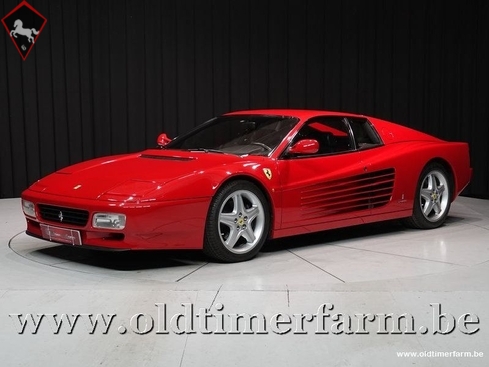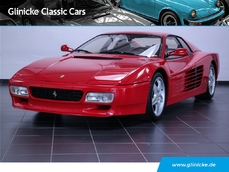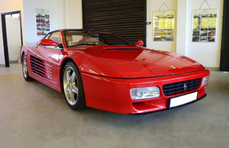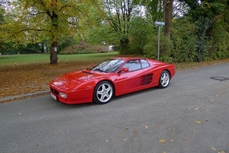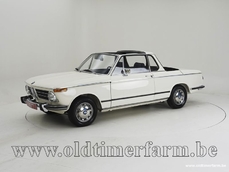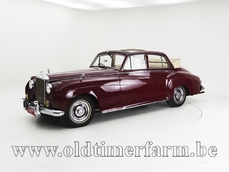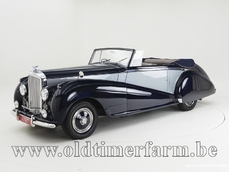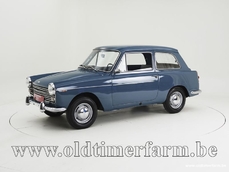Ferrari 512 TR '95 1995
General description :
Top condition, 25 years, Well maintained with booklets in Schedoni leather pouch + tools Option: A set of beige Testarossa Schedoni leather suitcases (value €10.000) History'92 : Production;'95 : Sold new after bankruptcy Crepaldi;'96 : Leasing period;'98 : Maintenance on 21780km'99 : Maintenance on 29954km'02 : Maintenance on 41860km'06 : Maintenance on 45933km'11 : Maintenance on 60430km'14 : Change of tacho on 61674km, new tachometer in Miles'14-'20 : In valleting service with Oldtimerfarm on 61725km (= 00051 Miles) Specifications BodyworkLength: cm (in): 448 (176.4)Width: cm (in): 198 (77.8)Height: cm (in): 114(44.7)Wheelbase: cm (in): 255 (100.4)Weight: kg (lb): 1570 (3465)Mechanics.Displacement: Boxer 12 4943 cc (302 i), arrièreValve gear: 48Fuel system: Bosch motronic injectionGearbox: 5-speed, manualDriven wheels: rear-wheel driveMaximum power: 426 hp at 6750 rpm Maximum torque: 501 Nm at 5500 rpmMaximum speed: 307 km/h (191 mph) The Testarossa can trace its roots back to the faults of the 1981 512i BB. The problems that the Testarossa was conceived to fix, included a cabin that got increasingly hot from the indoor plumbing that ran between the front-mounted radiator and the midships-mounted engine and a lack of luggage space. To fix these problems Ferrari and Pininfarina designed the Testarossa to be larger than its predecessor, the BB. The spectacular design came from Pininfarina. The design team at Pininfarina consisted of Ian Cameron, Guido Campoli, Diego Ottina and Emanuele Nicosia. With little surprise, they were led by design chief Leonardo Fioravanti, the maestro behind many beautiful Ferraris. The design was originated by Nicosia, but the guidance of Fioravanti was equally important. Being a trained aerodynamist, Fioravanti applied his know-how to set the aerodynamics layout of the car. This meant the large side intakes were not only a statement of style but actually functional – they drew clean air to cool the side radiators and then went upward and left the car through the ventilation holes located at the engine lid and the tail. As a result, the Testarossa did not need a rear spoiler like Lamborghini's Countach yet produced zero lift at its rear axle. The aerodynamic drag coefficient of 0.36 was also significantly better than the Lamborghini's 0.42.
http://www.oldtimerfarm.be/en/collection-cars-for-sale/5726/ferrari-512-tr-95.php
1995 Ferrari 512 TR '95 is listed sold on ClassicDigest in Aalter by Oldtimerfarm Dealer for €145000.
Car Facts
Car type : Car Make : Ferrari Model : 512 Model Version : TR '95 Engine size : 0.0 Model Year : 1995 Location : Aalter
Sold
Seller Information
Sold
People who viewed this Ferrari 512 also viewed similar Ferrari listed at ClassicDigest
Other cars listed for sale by this dealer
About Ferrari
The first Ferrari road car was the 125 S introduced in 1947 and powered by a 1.5 L V12 engine, right? Well it's not quite that simple, Ferrari did in fact produce e Tipo 815, in 1940. Tipo 815 was designed by ex-Alfa Romeo engineers Alberto Massimino and Vittorio Bellentani and by Enrico Nardi under Enzo's company but legal issues with the former associate Alfa Romeo prevented Ferrari from launching the Ferrari marque at that point.
Enzo did produce a series of fine road cars in the 50's and 60's but they were merely to finance his true passion racing, wheather GT/Sports car or Grand Prix. The 50's saw the birth of Ferrari's most memorable cars, 250 GTB (tour de France) 250 Testa Rossa, 250 GT swb just to name a few.
Under the surface tension was growing though. In November 1961 long-time sales manager Girolamo Gardini made an ultimatum to Enzo: if tensions continued, he would leave the company. As a result, Gardini was ousted, as well as Scuderia Ferrari manager Romolo Tavoni, chief engineer Carlo Chiti, experimental sports car development chief Giotto Bizzarrini, and a number of others who stood by them.
Without Chiti and Bizzarrini the development of what was to become the most quintessential Ferrari and today the world's most expensive car, 250 GTO, was at a pivoting point. 250 GTO project was saved by a young engineer Mauro Forghieri and long-time racing bodyman Sergio Scaglietti who stepped in and took over the program with known results.
In addition to 250 GTO, Ferrari launced such master pieces as 250 LM, 250P, 275 GTB, 365 GTB/4 "Daytona" during the the 60's
By the late 60's Ferrari's prototypes' success came to a sudden halt by a new competitor, GT40. Ford turned to Lola to produce a Ferrari beating long distance racer after Enzo had cut the deal off with Henry Ford II making the latter absolutely boil with fury. The collaboration between Ford and Lola created the mighty Ford GT40 that gave Ferrari some heavy hits in Le Mans 24 to come.
By the end of the 60's FIAT purchased 50% of the company, starting a development that has led to a new mass-produced era of Ferraris.
Whether you are selling or looking for a classic Ferrari www.classicdigest.com is the place to check out.
